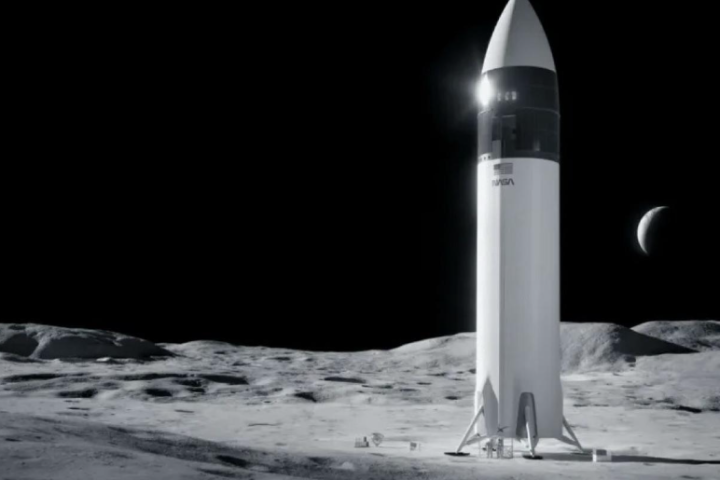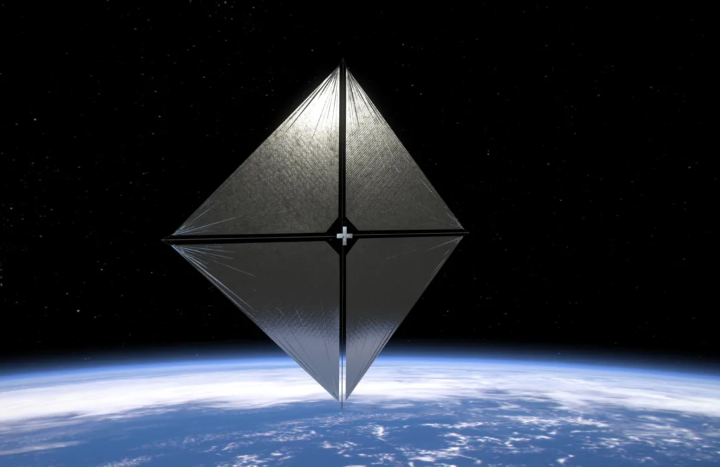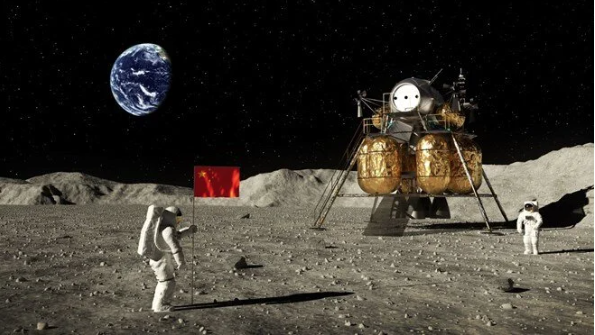Until 1972, a total of 12 people were sent to the Moon, known as one of NASA’s greatest achievements. However, the question of why the Moon, which is the closest object to the Earth, has not been visited again in all these years, brings with it dozens of conspiracy theories that go back to the fact that this flight never took place.
- NASA Skipped the Historic Launch of the Artemis 1 Moon Rocket
- What is the Phillips Curve? Does Inflation Reduce Unemployment?
In fact, as many people know, the Moon has been visited a total of 6 times. In fact, at this very moment, we are going to the Moon once again as part of the Artemis Project. But this time the purpose is a little different.
After all, our moon was once uncharted territory, an exciting playground for scientists to learn not only about the Moon, but also about the solar system that lies beyond it.
More than 50 years later, we are going back to the lunar surface. Today, NASA will press the button on a mission it has been working on for more than 10 years and send its new spacecraft Artemis into space. The spacecraft, known as the Space Launch System (SLS), will carry the Orion capsule into lunar orbit. The reason for this is that NASA has set its sights much farther, on Mars.
What NASA’s Artemis Project Will Do
NASA’s second lunar mission is named after Artemis, Apollo’s twin sister in Greek mythology. The new missions, which are determined by Artemis, are quite different from those of 50 years ago. NASA plans to send the first woman and the first black astronaut to the Moon. This will send a message that space exploration is open to everyone. And the lunar surface is just the beginning. NASA’s goal is to reach Mars.

The follow-on Artemis 2 program will be a precursor to test rockets and systems before a crewed flight to orbit the Moon. If successful, Artemis 3 will lead to a crewed landing on the lunar surface. Nasa plans to complete all these missions by 2028. After that, it will begin work on building a space station. In short, the next decade looks like an exciting time for space exploration.





